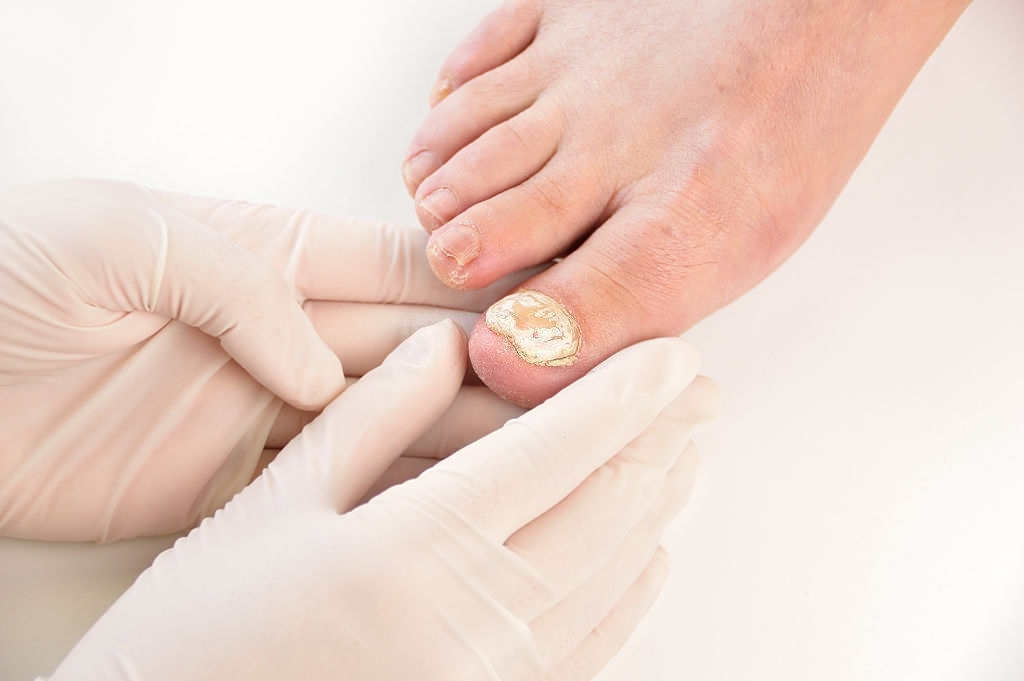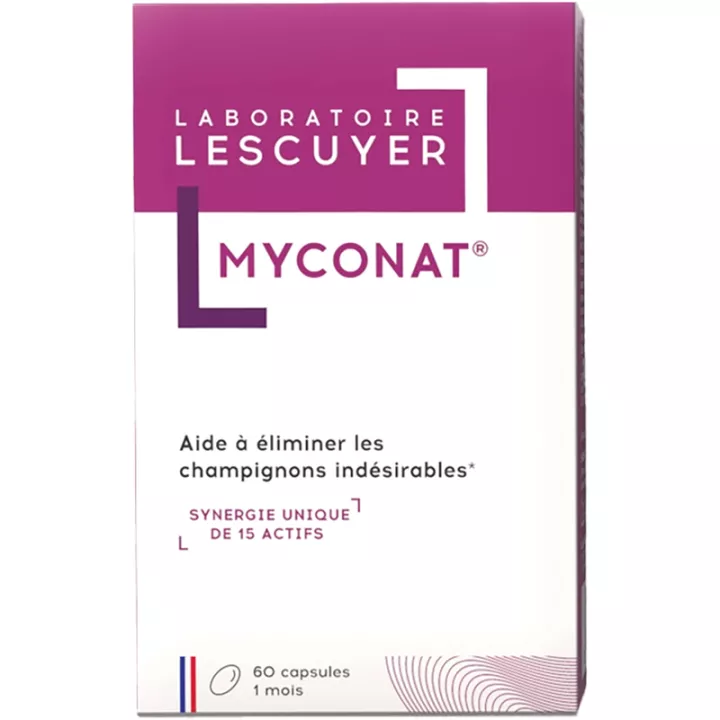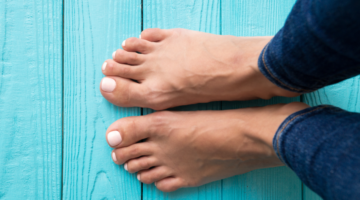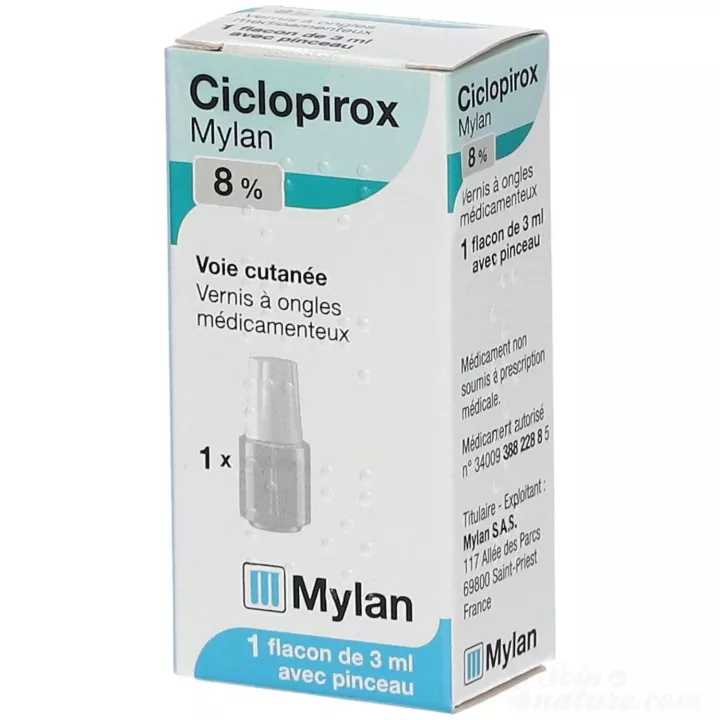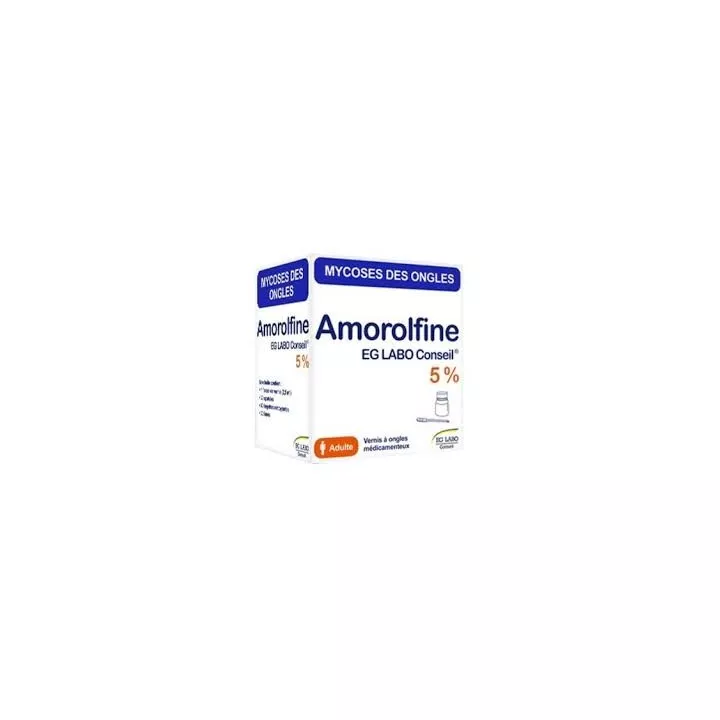Mycoster Antifungal Shampoo 60ml for the treatment of seborrheic dermatitis
Mycoster Shampoo is recommended for the treatment of :
- mycoses of the skin or nails (fungal infections), whether or not superinfected by bacteria,
- mild to moderate seborrheic dermatitis of the face.
What is Mycoster Antifungal Shampoo 60 ml used for?
Mycoster Antifungal Shampoo is used to treat a scalp disorder called "seborrheic dermatitis": an inflammation of the scalp causing scaling, burning and itching.
In the case of seborrheic dermatitis, an inflammation of the scalp causing flaking, burning and itching, Mycoster shampoo works by killing the fungi and yeasts present on the superficial layers of the skin. These are the main causes of seborrheic dermatitis.
Fight Seborrheic Dermatitis with Mycoster Shampoo
Seborrheic dermatitis can cause itching and irritation of the scalp, which can be embarrassing and uncomfortable. Mycoster Shampoo is specially formulated to eliminate the fungi and yeasts responsible for seborrheic dermatitis, helping you to regain a healthy scalp.
Why choose Mycoster Shampoo?
1. Antifungal action
Mycoster Shampoo contains active ingredients that specifically target fungi and yeasts present on the skin. It works by killing the micro-organisms responsible for seborrheic dermatitis.
2. Symptom relief
By eliminating fungi and yeasts, our shampoo helps relieve the symptoms of seborrheic dermatitis, such as itching, redness and irritation.
3. Relapse prevention
Mycoster Shampoo helps prevent relapses by eliminating the micro-organisms that cause seborrheic dermatitis. Regular use is important for lasting results.
4. Gentle formula
Our formula is gentle on the scalp, yet effective. It does not dry out the skin and is suitable for frequent use.
5. Trusted and reliable
Mycoster Shampoo is a trusted product, recommended by many healthcare professionals for the treatment of seborrheic dermatitis.
How to use Mycoster shampoo to treat dermatitis
- Wet hair and scalp and apply MYCOSTER shampoo.
- Work the shampoo into a lather, massaging thoroughly into the scalp.
- Leave the shampoo on for about 3 minutes.
- Then rinse with water.
Use the cap of the MYCOSTER shampoo bottle to measure your dose. The usual dose is 1 capful (about 5 ml) of MYCOSTER, shampoo. Up to 2 capfuls (approx. 10 ml) can be used if hair is longer than shoulder-length.
This operation should be performed twice a week, depending on the severity of symptoms, for about 4 weeks until they disappear. You can then continue with maintenance treatments 1 or 2 times a week for up to 12 weeks. This will help prevent symptoms from reappearing.
In any case, use of Mycoster shampoo should be limited to a maximum of 16 weeks.
Give your opinion on the advice for use and dosage of Mycoster Antifungal Shampoo 60 ml with our partner Verified opinions after your purchase.
FAQ about Mycoster Shampoo
1. How do I use Mycoster Shampoo?
Apply the shampoo to wet hair, massage gently into the scalp, then rinse thoroughly. Use at least twice a week, or as recommended by your health care professional.
2. How long does it take to see results?
Results may vary from person to person, but most users see a significant improvement in their symptoms after a few weeks of regular use.
3. Are there any side effects to worry about?
Most Mycoster Shampoo users experience no serious side effects. However, if a severe skin reaction occurs, discontinue use and consult a health care professional.
4. Can I use this shampoo every day?
You can use Mycoster Shampoo at least twice a week, or as recommended by your healthcare professional. Daily use may be necessary in some cases, but always follow the instructions.
5. Where can I buy Mycoster Shampoo?
You can buy Mycoster Shampoo at your local pharmacy or online with confidence. It's available to offer you effective relief from seborrheic dermatitis. Don't wait for symptoms to worsen, order now and regain a healthy scalp with Mycoster Shampoo.
Mycoster Shampoo is your ally in eliminating the fungi and yeast responsible for seborrheic dermatitis. Don't let this skin condition get in the way, opt for the trusted solution to regain a healthy scalp. Order today and take care of your skin with Mycoster Shampoo.
What does Mycoster Shampoo contain?
1g of shampoo contains 10mg of ciclopirox.
Excipients : Dodecyl-di (Oxyethylene), Sodium Sulfate, Benzoic Acid (E210), Dodecyl-Poly (Oxyethylene) - 3 - 2 Disodium Sulfosuccinate, Sodium Benzoate (E211), Macrogol Lauryl Ether, Sodium Chloride, Purified Water.
Notable excipients: Benzoic acid (E210) and Sodium benzoate (E211).
What are the side effects and contraindications?
For external use. Store in a clean, dry place. Keep out of reach of children.
Presentation - Packaging
Mycoster Antifungal Shampoo is available in our online pharmacy in 60 ml bottles.
Your pharmacist's advice on treating seborrheic dermatitis
How to treat seborrheic dermatitis
If you suffer from seborrheic dermatitis, your doctor will prescribe a local treatment based on antifungals (such as Mycoster shampoo), combined in some cases with corticoids. These drugs are designed to reduce inflammation and regulate excess sebum and yeast on the skin.
In most cases, dermocorticoids are effective in treating dermatitis flare-ups. Emollients such as ATOPICLAIR cream are used as a first-line treatment, alone or in combination with topical or systemic treatments, to restore the skin's barrier function and limit the passage of irritants and allergens. The management of atopic dermatitis also includes adjuvant and recurrence-prevention measures, such as hygiene measures and the elimination of irritants and allergens.
The treatment of seborrheic dermatitis is divided into 3 main actions: reducing the number of fungi on the skin, with antifungal products; combating inflammation and seborrhea, notably with dermocorticoids for inflammation. Good hygiene is also essential to soothe flare-ups.
